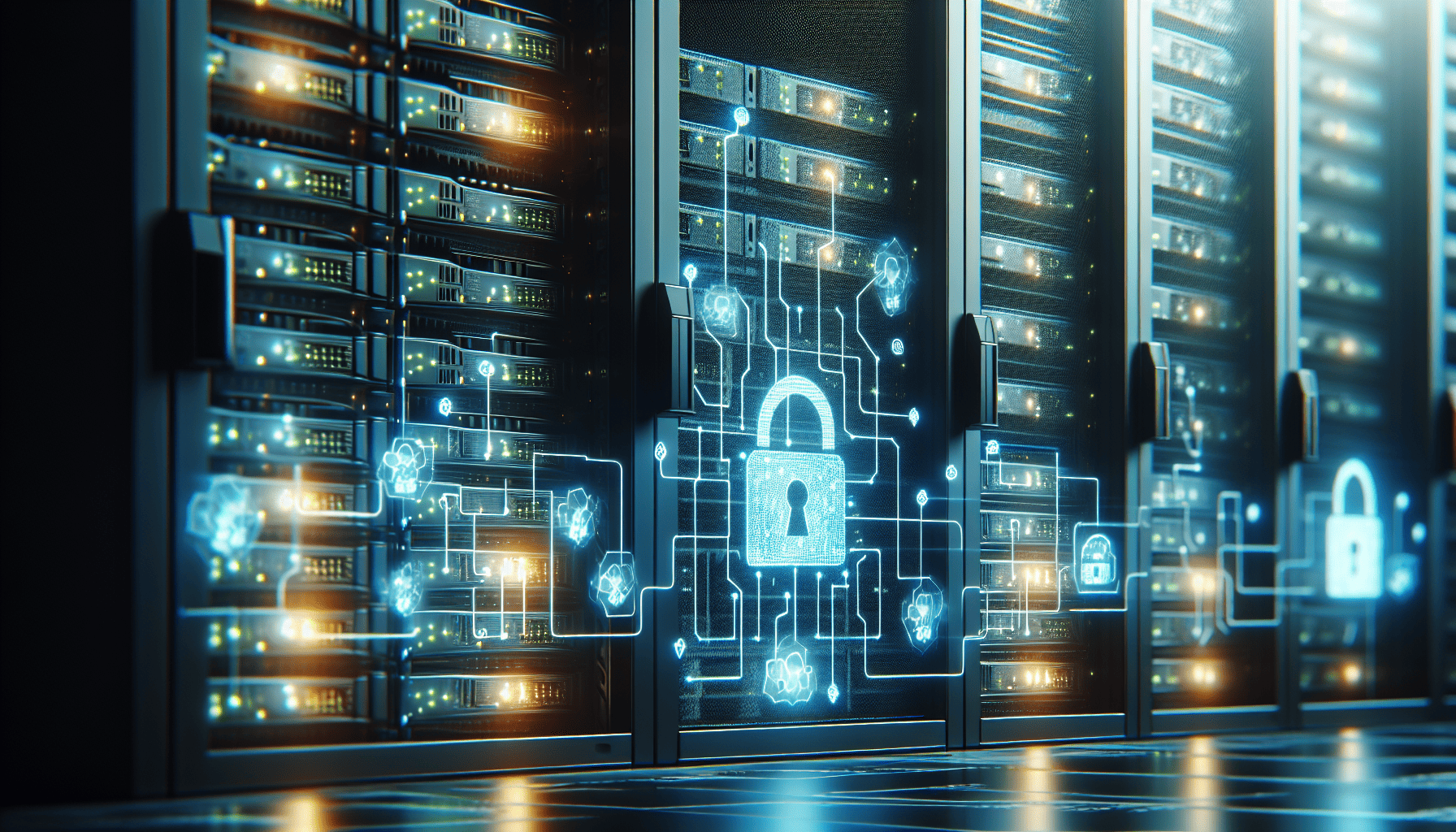In today's digital age, the security of data transmission is more critical than ever. With sensitive information constantly being shared across networks, safeguarding this data from potential threats is paramount. Luckily, technological advancements offer robust solutions to ensure your data is transported securely, maintaining both confidentiality and integrity.
A foundational step in secure data transmission is encryption. Encryption algorithms transform your data into an unreadable format for anyone who might intercept it without the proper decryption key. This method prevents unauthorized access, ensuring that only intended recipients can decode and read the information. Common encryption protocols, such as AES (Advanced Encryption Standard) and RSA (Rivest–Shamir–Adleman), are widely trusted for their resilience against various threats.
However, encryption alone isn't enough. Implementing secure transmission protocols like SSL (Secure Sockets Layer) and TLS (Transport Layer Security) provides an additional layer of security. These protocols not only encrypt data but also authenticate the identities of both parties involved in the communication, further reducing the risk of man-in-the-middle attacks.
For organizations that handle particularly sensitive data, such as financial institutions or healthcare providers, adopting a Virtual Private Network (VPN) can be a critical measure. A VPN creates a private, encrypted tunnel for data transmission over the public internet, masking your IP address and ensuring that all data transferred is secure from external threats.
Additionally, data integrity is as important as confidentiality. Employing hashing algorithms ensures that data has not been altered during transmission. By generating a unique hash for the original data and comparing it with the hash of the received data, any discrepancies can be detected, thereby maintaining the data’s integrity.
Incorporating multi-factor authentication (MFA) in the data transmission process further strengthens security. Requiring additional verification methods, such as a fingerprint or a one-time code sent to a mobile device, ensures that only authorized individuals access sensitive data.
Furthermore, regular security audits and updates are crucial in keeping transmission systems robust against ever-evolving threats. Cybersecurity is an ongoing endeavor; hence, staying informed about the latest vulnerabilities and patches can make a significant difference in securing data effectively.
Investing in employee training programs can also help fortify your transmission security. By fostering a culture of security awareness, employees become the first line of defense against potential breaches, using best practices in their daily operations and being vigilant about suspicious activities.
In summary, ensuring secure data transmission involves a multi-layered approach combining encryption, secure protocols, VPNs, integrity checks, multi-factor authentication, regular updates, and employee education. By employing these strategies, both individuals and organizations can ensure that their sensitive data remains safe from breaches, making the digital exchange of information reliable and trustworthy.
